Sweden needs a new polar research vessel
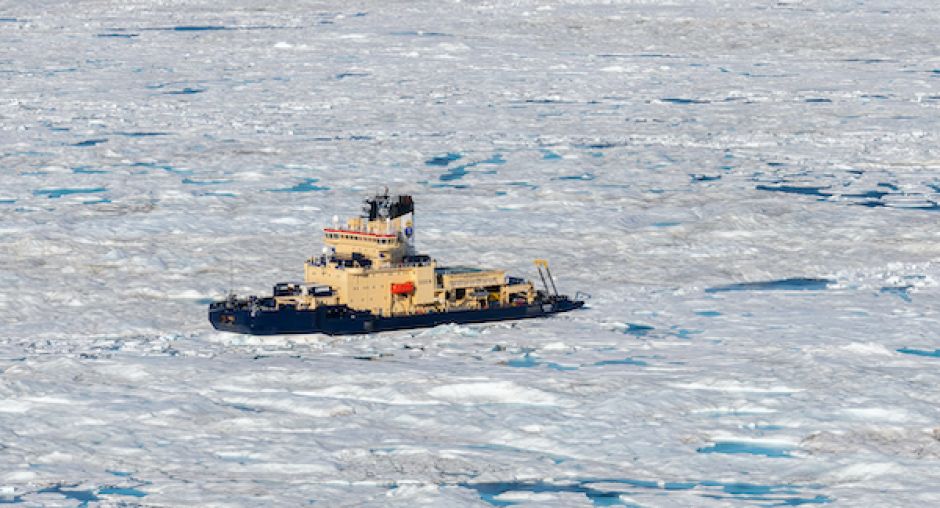
The polar research vessel Oden is a world leader in its category, but when the 32-year old ship retires, the idea is that Sweden will further strengthen its position. A new, larger climate-neutral vessel will be so outstanding that other countries will help to finance it.
The ice is melting in the Arctic. Is a new and very expensive icebreaking polar research vessel really needed then? Katarina Gårdfeldt laughs at the question.
- It is true that the ice decreases in summer, but in winter it is still thick with ice. And in the High Arctic, at the North Pole where we go with Oden, there is still a lot of ice in summer, often also drift ice and perennial ice.
As director of the Swedish Polar Research Secretariat, she is used to answering "stupid" questions. Another that usually appears is about satellites. They are used for measurements of land and sea today - is not that a smoother way?
- Satellites are great to use to collect large amounts of data, but the type of surveys we do are not enough for them. At Oden we have instruments that measure currents and bottom conditions down to 4,000 meters and more. The ship has meant a lot for Swedish polar research as well as for climate research.
Katarina Gårdfeldt describes Oden as a world leader in her category and it is one of the few ships that can actually get to the North Pole. Lots of highly cited research, both Swedish and international, has been produced with the help of the ship. So why should Sweden, as the government's investigation of the research infrastructure has now proposed, invest SEK 1.5 billion in a new one? What could be better?

- Oden has a large climate footprint and we need a ship that has the potential for climate-neutral operation, such as methanol. It would also be great for our measurements because soot and other combustion particles that interfere with the measurements would be minimized. It is of course obvious that we who work with polar and climate research do not want to contribute with large greenhouse gas emissions from our research infrastructure, and we want to take the lead and show the way forward. If you can get to the North Pole on climate-neutral fuel, it can probably work for others as well.
At 32 years, Oden is also an old ship and thus expensive to operate. As a research icebreaker for polar expeditions, she constantly needs to be renovated and repaired and spare parts can be difficult to obtain.
- We also need a vessel with dynamic positioning, ie a vessel that can lie still in open water and operate which Oden can’t. It can be dangerous to have instruments in the water if the ship starts to drift while dropping winches of several thousand meters. Therefore, we avoid operating in open water but instead lays her against an ice floe.
Katarina Gårdfelft mentions the polar expedition ARCOP, which will be carried out next summer, an expedition that costs SEK 250 million and is funded by the international research consortium European Consortium for Ocean Research Drilling (ECORD). A Russian icebreaker and a Swiss-owned drilling vessel will, together with Oden, pick up a drill core from sediment at a depth of 900 meters right next to the North Pole. If successful, scientists can read how the climate in the Arctic varied 50 million years back in time. This, in turn, would provide answers to what a major change in greenhouse gases has meant for the Arctic climate in the past and how quickly such changes have taken place.
- If we had the climate-neutral powerful ship with dynamic positioning that the inquiry now wants to invest in, we would be able to carry out that expedition with just that. The vessel that is drilling must not move more than 30 meters. Otherwise, the string being picked up may be broken. The role of Oden and the Russian icebreaker is to break and keep ice away from the drilling vessel so that its position is not disturbed.
A new polar research vessel will thus become more powerful and larger, which not only provides the opportunity for more researchers to come to the Arctic but also the opportunity for more collaborations with other countries and thus also funding. - You should think annual cost instead of acquisition cost around this project As it is now, we are forced to turn down many proposals for international collaborations because we do not have access to research vessels all year round. Oden is busy as an icebreaker in the Baltic Sea during the winter. With a year-round ship, we could, for example, resume research in Antarctica, something we have not had the opportunity to do in the last ten years. The United States and the United Kingdom have a great interest in collaborating with Sweden to, for example, explore the western Arctic glaciers that extend into the sea and which as a result of climate change may affect global sea level change in the future.
-
 NextWave – en podd som ska locka unga
NextWave – en podd som ska locka unga -
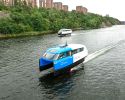 Ny studie: Eldrivna pendelbåtar kan effektivisera Stockholms kollektivtrafik
Ny studie: Eldrivna pendelbåtar kan effektivisera Stockholms kollektivtrafik -
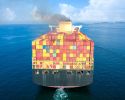 Sjöfartens utsläpp ökar
Sjöfartens utsläpp ökar -
 Sociala relationer påverkar val av bränsle
Sociala relationer påverkar val av bränsle -
 Sjöfartens omställning kräver ”mjukare” påtryckningar
Sjöfartens omställning kräver ”mjukare” påtryckningar -
 Hon hade avtalad tid med Kapten ynkrygg
Hon hade avtalad tid med Kapten ynkrygg -
 Lighthouse omvärldsanalys 2025 – osäkerhet och tullar präglar sjöfarten
Lighthouse omvärldsanalys 2025 – osäkerhet och tullar präglar sjöfarten -
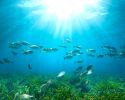 Se seminariet Shipping in the Marine Environment
Se seminariet Shipping in the Marine Environment -
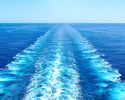 Vad betyder egentligen de 90 procenten?
Vad betyder egentligen de 90 procenten? -
 Hålla där...
Hålla där...

